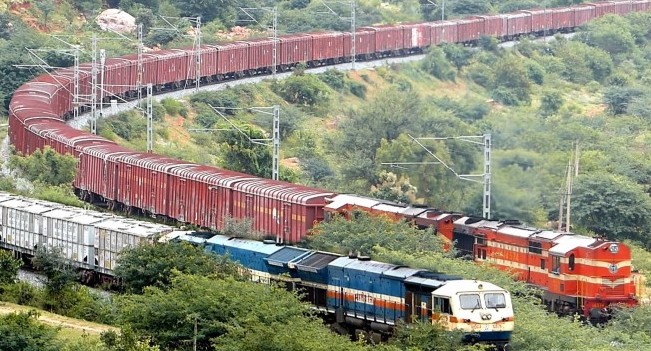We have seen both goods trains and passenger trains. Most of us have also travelled on passenger trains. Curiously, many of us consider goods trains to be longer than passenger ones. This, however, is a misconception.
To understand this, we have to first understand the length of platforms and loop lines.
There are loop lines and main lines at the platforms. A loop line leaves mainline and then rejoins it later. The loop lines accommodate a train. Assume a train standing on a particular platform at the station. On that particular platform, another train is coming. In that case, the train standing on the mainline is to be moved to the loop line to give way to the approaching train.
So, it is clear now that a train’s length should be so as to fit in the loop line perfectly. And another important thing to take into consideration is that a train should not be lengthier than the platform because all coaches should have easy access from the platform.
Notably, the standard length of a loop line in Indian railways is around 650 metres. So it is now crystal clear that a train’s length should never exceed 650 metres.
Then why it seems to us that goods trains are longer than passenger trains!
Let’s understand.
A coach’s average length is around 25 metres. So in order to get it accommodates in 650-metre long loop line, a train will have maximum 24 coaches and an engine. So a passenger train can have 12 to 24 coaches.
On the other hand, a goods train has wagons, instead of coaches. A wagon’s length varies between 11 to 15 metres as per its type. There are different types of wagons like BOX, BOXN and BOXN-HL.
Hence, the maximum numbers of wagons in a goods train can be 40 to 58 as per the wagon type. While a goods train can have maximum of 58 wagons, a passenger train can have 24 coaches. However, given the difference in length in sizes of wagons and coaches, the length of goods and passenger trains will vary limited to maximum size of 650 metres.
PNN/Agencies






































